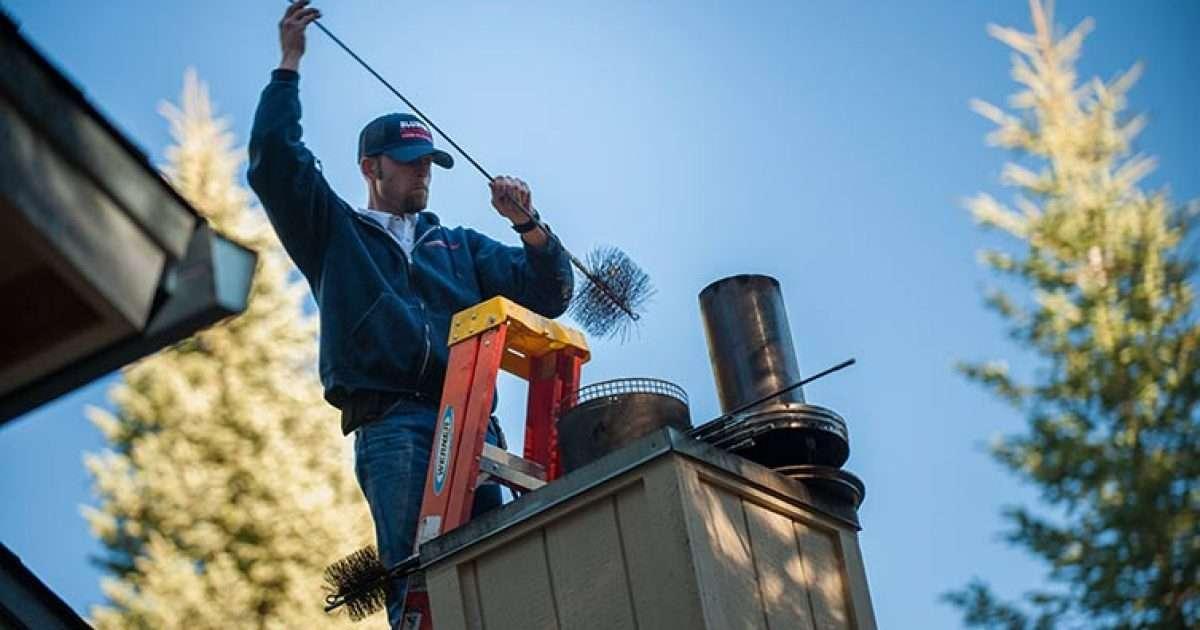Fireplaces add warmth and comfort to homes, but without proper maintenance, they can also introduce significant risks. A thorough sweep clears flammable residue, while a professional evaluation identifies underlying issues that could compromise safety. Both processes are vital to preventing hazards and ensuring efficiency, which is why experts emphasize the importance of scheduling regular Chimney Inspection.
Why Does Chimney Sweep & Inspection Matter?
Annual chimney services are more than routine cleaning. They remove creosote buildup that can ignite, eliminate obstructions blocking airflow, and reveal structural damage. According to the Chimney Safety Institute of America (CSIA), “An inspected and well-maintained chimney is one of the strongest defenses against preventable house fires.” Regular inspections also support compliance with building regulations, extend appliance lifespan, and provide peace of mind for homeowners.
What Are the Most Common Chimney Problems?
Professional chimney evaluations often uncover issues that remain invisible to homeowners. The most common include:
-
Creosote accumulation, which significantly raises fire risk.
-
Obstructions caused by bird nests, leaves, or debris.
-
Masonry deterioration, such as cracked bricks or mortar damage.
-
Liner issues, often requiring chimney relining or full chimney liner installation.
-
Moisture intrusion, leading to rusted components and weakened structures.
Each of these problems carries consequences. For example, failing to address masonry cracks increases long-term chimney repair cost, while a damaged liner can cause harmful gases to enter living areas.
What Are the Key Benefits of Chimney Sweep & Inspection?
The benefits of routine chimney maintenance extend well beyond cleanliness. They include:
-
Fire prevention through the removal of flammable deposits.
-
Improved efficiency of fireplaces and stoves, reducing energy consumption.
-
Early detection of structural or ventilation problems.
-
Reduced chimney repair cost by preventing extensive damage.
-
Extended service life for chimneys and heating appliances.
-
Regulatory compliance, meeting both safety codes and insurance standards.
What Is the Cost Breakdown of Chimney Sweep & Inspection?
Service costs vary depending on the level of inspection, type of repair, and condition of the chimney. Below is an approximate breakdown:
| Service | Average Cost Range (USD) | Notes |
| Basic Chimney Sweep | $100 – $300 | Routine cleaning and debris removal. |
| Level 1 Chimney Inspection | $75 – $200 | Basic visual check of accessible areas. |
| Level 2 Chimney Inspection | $200 – $500 | Video scanning and advanced evaluation. |
| Chimney Repair Cost (minor) | $150 – $800 | Includes crack repair, sealing, or mortar fixes. |
| Chimney Relining | $1,500 – $4,000 | Replacement of damaged liners for safety. |
| Chimney Liner Installation | $2,000 – $5,000 | Full liner installation for new or damaged systems. |
Disclaimer: The above prices represent industry averages. Final costs depend on location, provider expertise, and the chimney’s condition. Always request a formal estimate before beginning work.
What Key Features Should a Professional Service Provide?
Selecting the right provider is essential to ensuring quality maintenance. A reliable chimney service should include:
-
Certification from organizations such as CSIA or NFI.
-
Detailed inspection reports with photo or video evidence.
-
Transparent pricing with clear breakdowns of costs.
-
Expertise in chimney repair cost assessment.
-
Specialized skills in chimney relining and chimney liner installation.
-
Compliance with safety codes and insurance requirements.
What FAQs Do Homeowners Ask About Chimney Services?
1. How often should a chimney be inspected?
Once per year, preferably before the heating season.2. Is sweeping enough if the chimney looks clean?
No. Sweeping addresses surface debris, but inspection reveals hidden damage or ventilation issues.3. What is chimney relining and when is it necessary?
Chimney relining involves replacing a damaged liner to ensure safe venting. It is required when cracks, gaps, or corrosion are detected.4. What does chimney liner installation include?
It includes installing a durable stainless steel or clay liner to protect the chimney walls and ensure efficient airflow.5. How much should I expect for the chimney repair cost?
Minor fixes can be a few hundred dollars, while major projects like relining may reach several thousand.
What Is the Conclusion on Chimney Sweep & Inspection?
Chimney sweep and inspection services are critical elements of home safety and efficiency. They protect against fire hazards, identify structural weaknesses, and ensure compliance with safety standards. Investing in regular inspections lowers chimney repair cost in the long run while addressing essential upgrades like chimney relining or chimney liner installation when necessary. Homeowners who prioritize these services benefit from safer, longer-lasting chimneys and greater peace of mind. Annual chimney maintenance is not optional—it is a necessary safeguard for every household.
Read More : Chimney sweep



